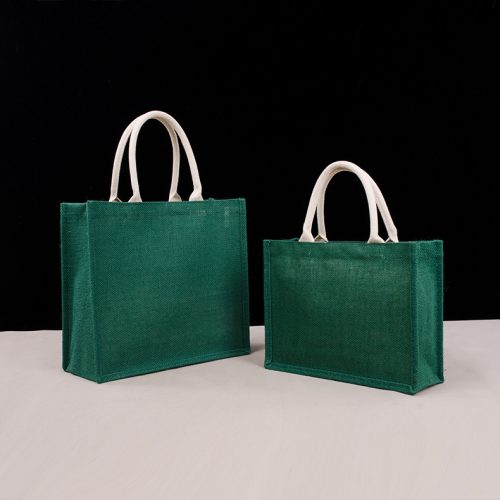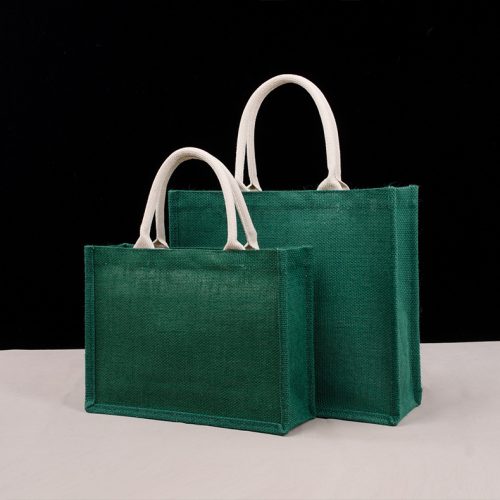In an era of heightened environmental awareness, jute bags have carved a prominent niche for themselves in the market. Beyond their eco-friendly appeal, these bags have become a canvas for innovative designs, showcasing the perfect blend of fashion and sustainability. Let’s delve into the world of jute bags, exploring the latest trends, captivating designs, and the role they play in driving sustainable consumer choices.
1. Nature-Inspired Elegance: Jute bags have transcended their utilitarian origins to become a fashion statement inspired by the natural world. Designs often incorporate earthy hues and textures that resonate with the beauty of the environment. From rustic to refined, these bags reflect the serenity of nature while exuding an understated elegance.
2. Minimalist Chic: Minimalism has found a comfortable home in the world of jute bags. Clean lines, simple shapes, and uncluttered designs are increasingly favored by those who appreciate the beauty of less-is-more. These bags add a touch of sophistication to any outfit while emphasizing a commitment to sustainable choices.
3. Boho Vibes: The bohemian trend has found its match in jute bags. Intricate weaves, fringe details, and tribal patterns create a carefree and eclectic vibe. These bags resonate with individuals who seek to express their free-spirited nature while aligning with eco-conscious values.
4. Urban Utility: Jute bags have seamlessly transitioned from the countryside to urban landscapes. Urban utility designs combine functionality with style, featuring multiple compartments, convertible straps, and modern aesthetics. These bags cater to the needs of the busy urbanite while making a statement about responsible consumerism.
5. Artistic Expressions: The canvas of jute invites artists to showcase their creativity. Hand-painted motifs, embroidery, and appliqué work transform these bags into wearable art pieces. By choosing such bags, consumers not only make a style statement but also support the craftsmanship of artisans.
6. Customizable Appeal: The versatility of jute allows for customization, enabling consumers to personalize their bags. Monograms, initials, or meaningful symbols can be added, making each bag a unique representation of its owner’s individuality.
7. The Sustainability Factor: One of the driving forces behind the popularity of jute bags is their sustainability. As eco-consciousness continues to shape consumer preferences, jute bags stand as a viable alternative to single-use plastic and synthetic materials. By opting for jute, consumers contribute to reducing their carbon footprint and plastic waste.
8. A Ripple Effect: The market trend towards jute bags isn’t just about fashion; it’s about making a difference. The increasing demand for these bags encourages manufacturers to explore more sustainable practices and materials. This ripple effect extends to other sectors, fostering a greater shift towards responsible production.
In conclusion, jute bags have evolved from being simple carriers to becoming statements of style, sustainability, and conscious consumer choices. With designs that cater to a range of preferences and aesthetics, jute bags have proven that fashion and eco-friendliness can harmoniously coexist. As these bags continue to gain prominence in the market, they serve as a reminder that our choices have the power to shape industries, influence trends, and pave the way for a more sustainable future.


